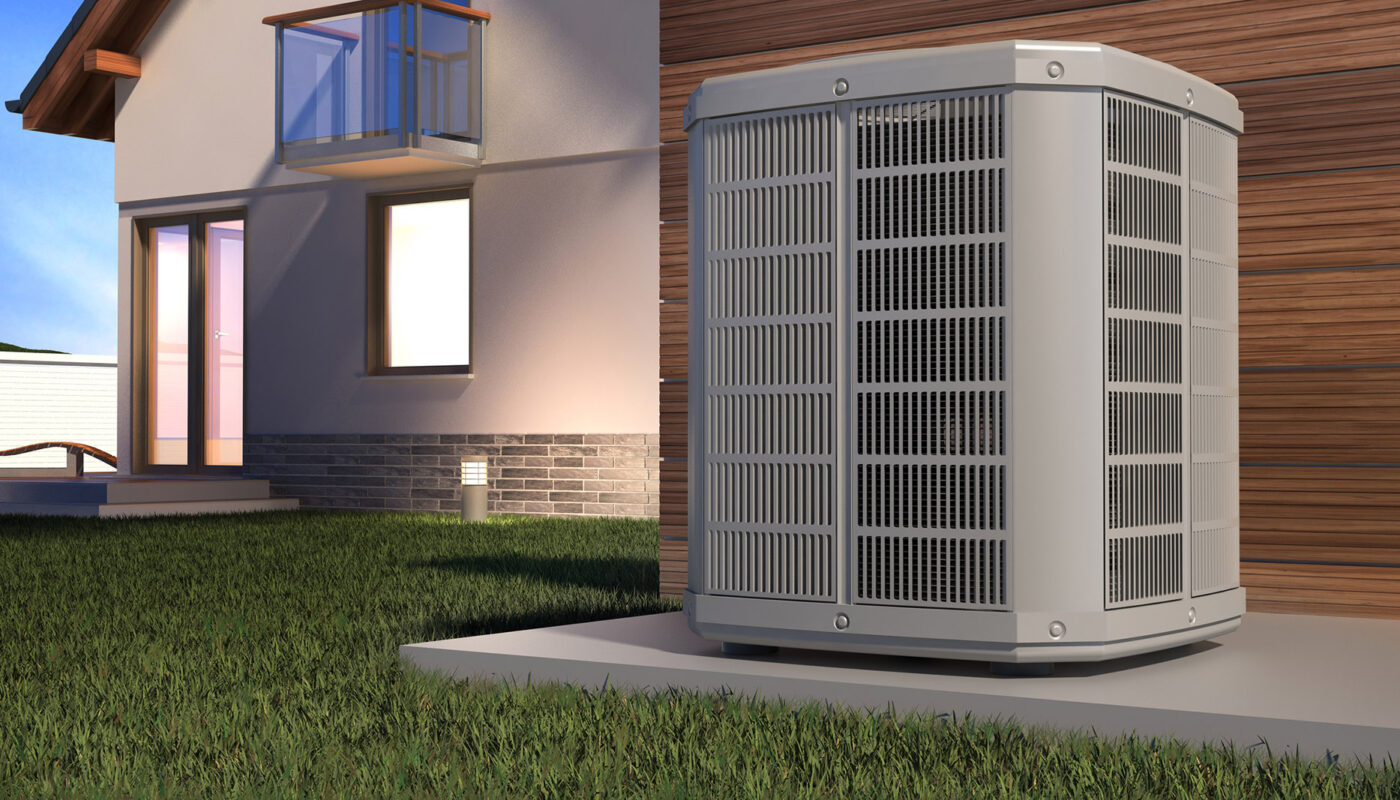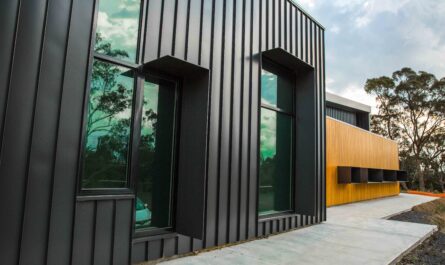As nations around the world look to transition to sustainable energy sources and reduce carbon emissions, heat pumps are emerging as an environmentally-friendly alternative to traditional heating and cooling systems. A heat pump uses electricity to extract heat from outdoor air, even in cool temperatures, and transfers it indoors to provide warmth. It can also reverse the flow of heat to pump cool air into a home or building. With advancements in efficiency and growing policy support, heat pumps are poised to play a major role in helping decarbonize residential and commercial buildings.
What is a Heat Pump?
A Heat Pumps is a mechanical device that moves heat from one place to another, rather than generating heat itself like a furnace or boiler. At its core is a vapor-compression or refrigeration cycle similar to an air conditioner. There are four main components: an evaporator, a compressor, a condenser and an expansion valve. In heating mode, the evaporator absorbs heat from outdoor air or ground sources and transfers it to a refrigerant. The compressor pressurizes the heated refrigerant gas, raising its temperature. The condenser releases the heat energy from the high-pressure refrigerant gas into the indoor air through a series of pipes or ducts. Finally, the expansion valve decreases the pressure back to a lower state, completing the cycle to draw more heat from the outdoor air.
Types of Heat Pumps
There are different types of heat pumps depending on the heat source utilized:
– Air-source heat pumps (ASHPs) draw warmth from outdoor air through an outdoor unit composed of a fan and coil. They are the most common and cost-effective option for homes and small buildings.
– Geothermal or ground-source heat pumps (GSHPs) pump heat between a building and the ground through underground pipes filled with water or antifreeze solution. They offer the highest efficiency but require more extensive installation.
– Ductless mini-split heat pumps provide either heating or cooling to a single room by circulating refrigerant through indoor wall-mounted units and an outdoor compressor. They are popular for additions and retrofits.
– Water-source heat pumps are similar to GSHPs but transfer heat to or from a centralized water loop rather than the earth. Often used in multi-unit buildings.
The Role of Heat Pumps in Decarbonization
With the climate crisis accelerating, the transition away from fossil fuels to renewable energy is more urgent than ever. Building emissions account for around a third of total emissions in many countries, primarily from heating and cooling. Many experts believe widespread adoption of electric heat pumps could substantially reduce these emissions by providing highly efficient space conditioning powered by clean electricity on the grid.
Air-source heat pumps can deliver one unit of heat energy for as little as one-third to one-quarter of the emissions of a natural gas furnace when running on typical grid generation sources. As renewable sources like wind and solar increase their power market share, heat pumps will become even greener over time. Geothermal and water-source heat pumps can achieve even greater efficiency and emissions reductions due to their renewable heat source underground. A study by researchers at the University of Birmingham projected that transitioning 30% of UK homes to heat pumps could cut the country’s total emissions over 15%.
Government Support and Incentive Programs
Governments around the world are recognizing heat pumps’ potential to reduce dependence on fossil fuels. They are implementing strategies and incentive programs to encourage deployment in both new construction and existing building retrofits. Examples include:
– In the US, tax credits are available for air-source and geothermal heat pumps through 2022. The Biden administration’s infrastructure plan aims to make clean heating technologies accessible nationwide.
– The UK government launched a £450 million boiler upgrade scheme in 2021 and hopes to install 600,000 heat pumps per year by 2028. It also offers grants for ground-source equipment.
– Germany extended subsidies through 2021 for heat pumps and has sold more units than any other European country. Several regions offer additional incentives.
– France adopted a “heat pump tariff” to cover up to half of installation costs with the goal of installing 700,000 systems by 2028.
Overcoming Barriers to Greater Adoption
While heat pumps have seen increasing market penetration worldwide in recent decades, they still only account for a small fraction of heating and cooling demand. Some barriers continue holding back more rapid adoption:
– Higher upfront costs compared to fossil fuel equipment, though operating savings appear over the long-run. Incentives can offset the initial expense.
– Insufficient awareness among contractors, builders and homeowners about performance capabilities and long-term cost-effectiveness.
– Limited installer networks in some areas with fewer trained professionals available for sizing, installing and servicing heat pumps.
– Concerns about efficiency and reliability in very cold winter climates, though modern heat pumps can perform well down to -13°F and hybrid systems coupling heat pumps with electric resistance can extend their range even further.
– Difficulties using heat pumps for large commercial/industrial space heating due to scale disadvantages versus natural gas boiler systems. Emerging technologies aim to overcome this barrier.
As these issues continue being addressed, heat pumps showcase significant untapped potential to slash building sector emissions. With smart policies and investment in the development of GSHP, VRF, and other advanced heat pump technologies, the decarbonization pathway ahead looks promising.
In summary, heat pumps represent a highly viable and scalable solution for sustainably meeting growing demand for space conditioning worldwide in a carbon-constrained future. Government support and falling technology costs are helping them gain ground against traditional fossil-based systems. With their ability to greatly improve building energy efficiency while running on lower-carbon electricity sources, heat pumps deserve serious consideration as both retrofits and new construction options. Continued innovation together with effective programs to inform customers and expand contractor training can help this clean technology achieve mass-market status. As nations transition to renewables and curb climate change, the future looks bright for an appliance tapping into one of nature’s most abundant resources: the endless heat all around us.
Note:
1. Source: Coherent Market Insights, Public sources, Desk research
2. We have leveraged AI tools to mine information and compile it



